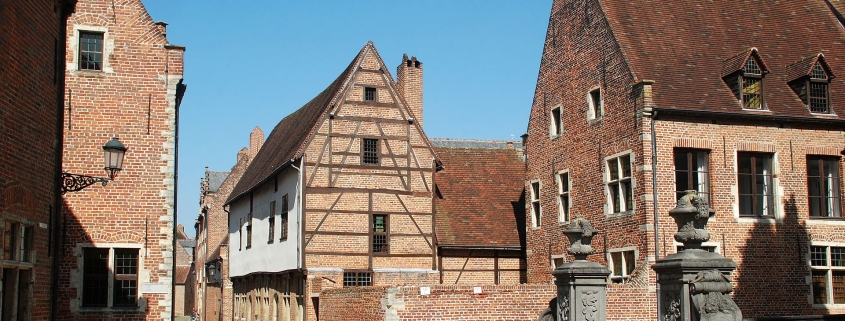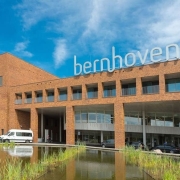HUB-IN Interviews | Talking Institutions for Collective Action
HUB-IN Interviews: A focus on the Financing Models for Historic Urban Area (HUAs) projects
Novel opportunities emerge as the heritage regeneration financing landscape evolves. When looking at past and current projects, financing comes predominantly from classic public and private funding sources. Yet as we will discover that crowdfunding and community funding are increasingly becoming a part of the funding mix.
HUB-IN Places dare to experiment with new financial structures, combining traditional public funding streams with other (private) sources of funding. In creating novel financial structures, HUB-IN cities carefully balance potential shifts in the distribution of power and influence, contributing to their city’s inclusive and sustainable development.
Today’s Expert: Tine De Moor from Rotterdam School of Management – Erasmus University

Tine De Moor – Professor Social Enterprise &
Institutions for Collective Action, Erasmus University
Rotterdam.
Rotterdam school of management– Rotterdam School of Management primary focus is on developing business leaders with international careers who can become a force for positive change by carrying their innovative mindset into a sustainable future.
What are institutions for collective action?
Institutions for collective action are organisations formed bottom-up by the immediate stakeholders, whose aim is to work together to pursue personal (material) and societal interests. Historically institutions for collective action keep emerging. Whenever there is a common need, people can organise to collectively arrange that need. Normally, sufficiency is a principle, participants don’t need or take more than what’s necessary. Often there are regulations around the sufficiency principle. Profits are distributed based on needs, not wants. These are the principles of the commons.
What’s the status quo today?
At this stage the most important thing is to recognize the diversity among initiatives and their contexts. There is not one single approach. Cooperatives for example offer different ways to keep the social and economic returns in the loop. In energy generation social returns are usually a by-product that comes at a later stage. While in health cooperatives, the social return is more relevant from the start.
How can institutions for collective action enable healthy business models in urban heritage regeneration?
It can be a big help if the community can really utilise the heritage site. There’s an example of a school building that was used for classes during the day, and for workshops of local entrepreneurs in the evening. The sharing economy really is a good opportunity for making different business models possible. This does require a good inventorisation of the needs of the different users. Can people find each other in the different functions? Financing is not just collective capital, but also avoiding costs.
What are the challenges?
Underestimating the actual costs of maintaining heritage is a risk. Citizen collectives need to make realistic plans. Civil servants should take each citizen-collective seriously. But also expect those collectives to take the heritage regeneration seriously. Trust is a key issue. Do the public institutions and funders believe in the community? And vice versa? Civil servants are also citizens in the end. Also, the most active citizens tend to be the more privileged, governments should take care that heritage regeneration happens inclusively.
Focus : Institutions for collective actions
Collective action ‘consists of all occasions on which sets of people commit pooled resources, including their own efforts, to common efforts’ (Tilly and Tilly, 1981). It is, however, not unusual for members of those organisations to also have been involved in protest movements, as for example in many urban and rural revolts in the late medieval Low Countries (see e.g. the Flemish Battle of Spurs (1302)), but many more examples can be found.
Apart from setting rules to regulate the use of resources, access to the institution is usually strictly regulated. Whereas collective action in the broad sense can involve large masses of anonymous individuals, institutions for collective action are characterized by exclusiveness: only those that meet certain conditions can become a member.
Examples of institutions for collective actions are Commons, Guilds, Waterboards, Beguinages, Cooperatives.
source : www.collective-action.info

 https://creativecommons.org/licenses/by-sa/4.0/
https://creativecommons.org/licenses/by-sa/4.0/
 https://www.socialfinance.org.uk/projects/palestine-development-impact-bond
https://www.socialfinance.org.uk/projects/palestine-development-impact-bond

 http://barefoot-em.com/swims/an-early-morning-swim-at-the-edwardian-bramley-baths/
http://barefoot-em.com/swims/an-early-morning-swim-at-the-edwardian-bramley-baths/
 https://www.socialfinance.org.uk/projects/palestine-development-impact-bond
https://www.socialfinance.org.uk/projects/palestine-development-impact-bond